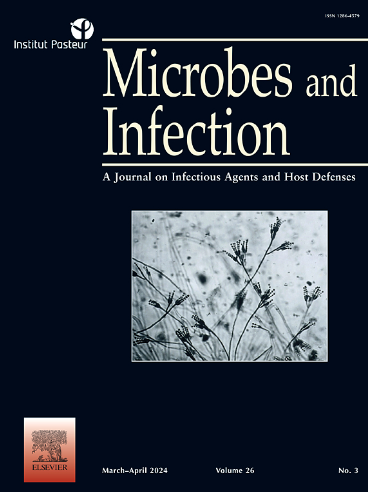Virome survey of the bat, Rhinolophus affinis, in Hainan Province, China
Abstract
Bats are important mammal reservoirs of zoonotic pathogens. However, due to research limitations involving species, locations, pathogens, or sample types, the full diversity of viruses in bats remains to be discovered. We used next-generation sequencing technology to characterize the mammalian virome and analyze the phylogenetic evolution and diversity of mammalian viruses carried by bats from Haikou City and Tunchang County in Hainan Province, China. We collected 200 pharyngeal swab and anal swab samples from Rhinolophus affinis, combining them into nine pools based on the sample type and collection location. We subjected the samples to next-generation sequencing and conducted bioinformatics analysis. All samples were screened via specific PCR and phylogenetic analysis. The diverse viral reads, closely related to mammals, were assigned into 17 viral families. We discovered many novel bat viruses and identified some closely related to known human/animal pathogens. In the current study, 6 complete genomes and 2 partial genomic sequences of 6 viral families and 8 viral genera have been amplified, among which 5 strains are suggested to be new virus species. These included coronavirus, pestivirus, bastrovirus, bocavirus, papillomavirus, parvovirus, and paramyxovirus. The primary finding is that a SADS-related CoV and a HoBi-like pestivirus identified in R. affinis in Hainan Province could be pathogenic to livestock. This study expands our understanding of bats as a virus reservoir, providing a basis for further research on the transmission of viruses from bats to humans.

 求助内容:
求助内容: 应助结果提醒方式:
应助结果提醒方式:


